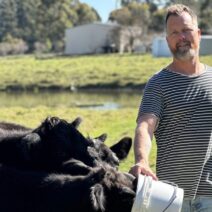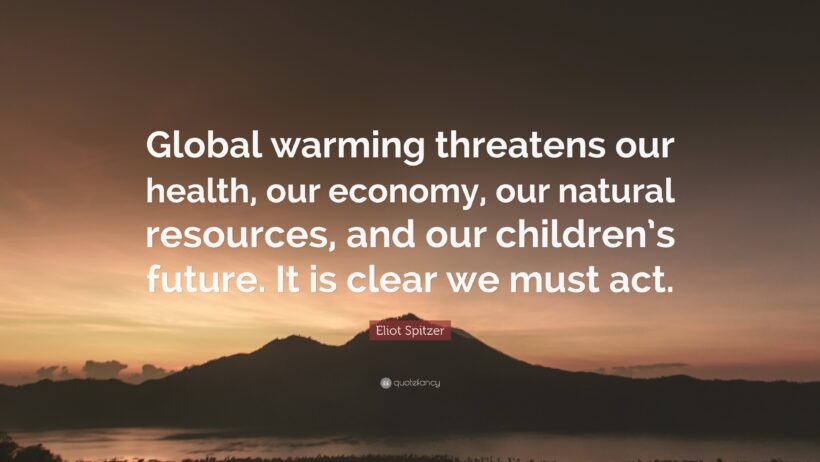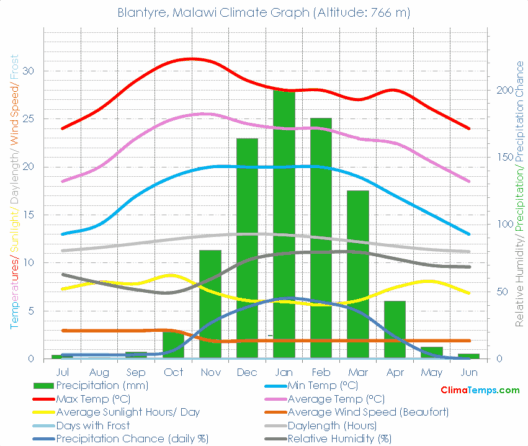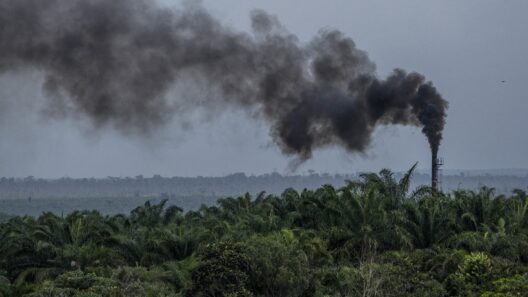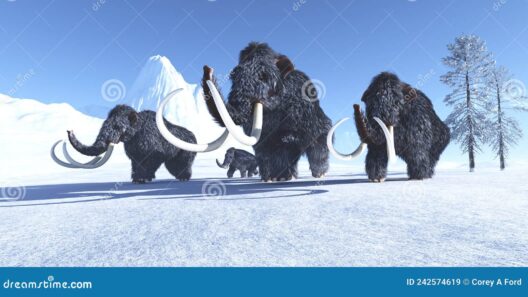Global warming, an ever-looming specter, is increasingly intertwining itself with various facets of our lives, most notably our food supply. The threatening consequences of climate change resonate deeply in the interdependent ecosystems that sustain agriculture, fisheries, and livestock. As the planet warms, the interplay of environmental variables crucially impacts the journey from farm to fork, reverberating through every layer of the food supply chain.
At the outset, one must consider how elevated temperatures can alter the very foundation of agriculture: soil. Healthy soil is a dynamic system, rich with nutrients and microorganisms essential for crop growth. However, climate change engenders a series of deleterious phenomena, such as increased instances of erosion, reduced nutrient availability, and altered pH levels. These factors collectively undermine soil fertility, making it increasingly challenging for farmers to sustain productive yields.
The rising prevalence of droughts and erratic weather patterns heightens this challenge. Regions historically characterized by consistent moisture are now grappling with unprecedented dry spells. This desiccation not only diminishes crop yields but also compels agriculturalists to invest in irrigation systems, which can be both financially burdensome and environmentally taxing. Consequently, the allocation of precious water resources becomes a contentious issue as scarcity burgeons in the face of rising demand.
Moreover, the specter of drought is accompanied by the threat of floods. Erratic and intense precipitation events can lead to water-logging and crop failures, adversely affecting food security. These conditions foster a volatile cycle that not only endangers harvests but also compels farmers to adopt short-sighted solutions. Monoculture farming, the practice of growing a single crop species over time, becomes increasingly common as growers seek certainty amid unpredictability. This practice, however, diminishes biodiversity and fortifies the system’s vulnerability to pests and diseases.
Warmer climates also create favorable conditions for pests and diseases that thrive in higher temperatures. Insects, fungi, and pathogens that once had their populations adequately moderated by colder seasons are now proliferating unabated. This exponential increase poses a significant threat to crops and livestock alike. Farmers are faced with the onerous task of managing these outbreaks, often resorting to chemical pesticides that can pollute ecosystems and adversely affect human health. This vicious cycle perpetuates a reliance on synthetic interventions, which themselves can be harmful and unsustainable.
Moreover, the implications of climate change extend into aquaculture and fisheries, the lifeblood of countless communities worldwide. Warmer ocean waters lead to shifts in fish populations and altered breeding patterns. These ecological changes can render traditional fishing grounds less productive or force fishermen to venture further afield in search of dwindling stocks. As populations adapt, overfishing may occur, creating a precarious balance that threatens marine biodiversity.
Saltwater intrusion, a consequence of rising sea levels, further jeopardizes coastal agricultural lands. The infiltration of seawater into freshwater systems renders these regions less habitable for traditional crops, necessitating a transition to salt-tolerant species, which may not yield the same nutritional value. As ecosystems face unprecedented shifts, food diversity is at risk, ultimately denying global diets the richness they once enjoyed.
On a broader scale, global warming exacerbates socio-economic disparities, particularly in lower-income regions where agricultural vulnerability is exacerbated by lack of infrastructure and resources. Smallholder farmers, already beset by financial constraints, encounter challenges in adapting to rapidly changing climatic conditions. Without access to the knowledge and technology necessary to pivot farming practices, these communities endure a disproportionately severe impact. This disparity inevitably leads to food insecurity, increased malnutrition, and a host of related health issues.
The food supply chain, from farm to fork, is thus intricately linked to climate stability. Any perturbation at the agricultural source reverberates through processing, distribution, and retail systems. The interconnection is vital in understanding how changes at one level can instigate a ripple effect throughout the entire supply chain. For instance, if adverse weather diminishes crop yields, the entire distribution channel faces disruptions, ultimately inflating food prices and altering consumer access to essential nutrients.
In response to these challenges, collaboration and innovation are paramount. Farmers must adopt more resilient agricultural practices, such as crop rotation, intercropping, and agroforestry. By diversifying crops and employing sustainable soil management techniques, the agricultural community can mitigate some of the adverse effects of climate change. Furthermore, investment in research is crucial to develop climate-resistant crop varieties and sustainable pest management strategies.
Consumers play a pivotal role in this landscape. Awareness of the origins of food can shape market demand, encouraging sustainable practices and fostering support for local agriculture. Community-supported agriculture (CSA) and farm-to-table initiatives serve as effective avenues to directly connect consumers with the origins of their food, emphasizing the importance of environmental stewardship.
Furthermore, policymakers must enact and promote legislative measures aimed at combating climate change and supporting sustainable agricultural practices. Implementing systemic changes, such as incentives for carbon sequestration and sustainable land management, can secure food systems against the vagaries of a warming planet.
In conclusion, global warming poses an existential threat to our food supply, intertwining agricultural resilience, ecological sustainability, and socio-economic equity. As the climate continues to shift, profound challenges lie ahead. Yet, an array of solutions exists, from innovative farming practices to consumer awareness and robust policy frameworks. Our collective response will dictate the integrity of our food systems—and, ultimately, our very survival. The time to act decisively is now; our future hinges on the choices we make today in the face of a changing climate.

